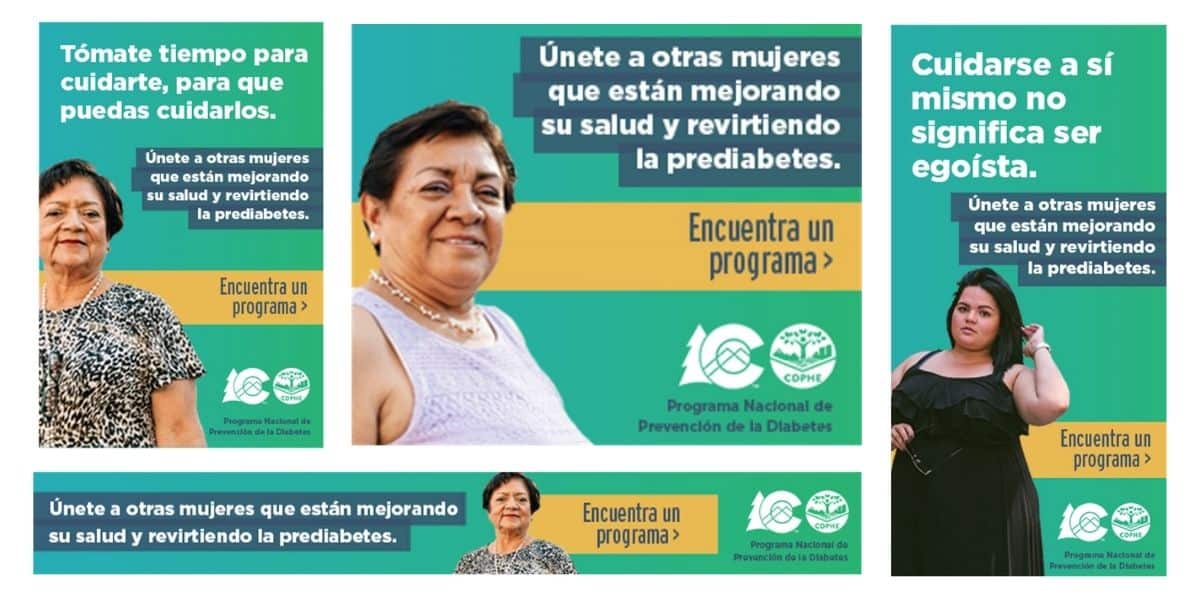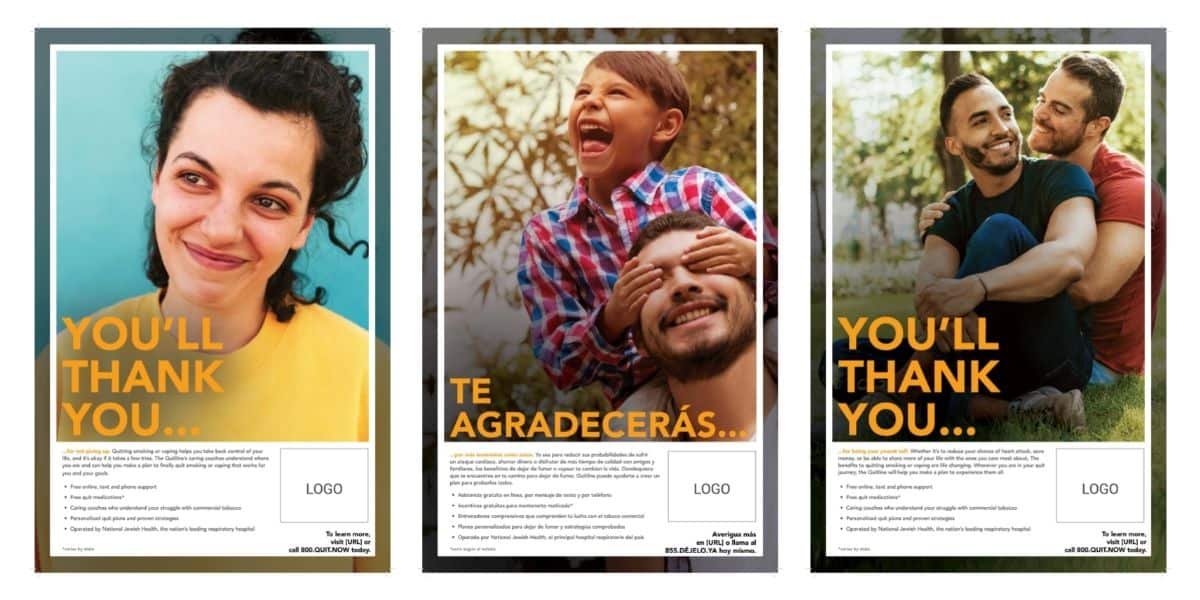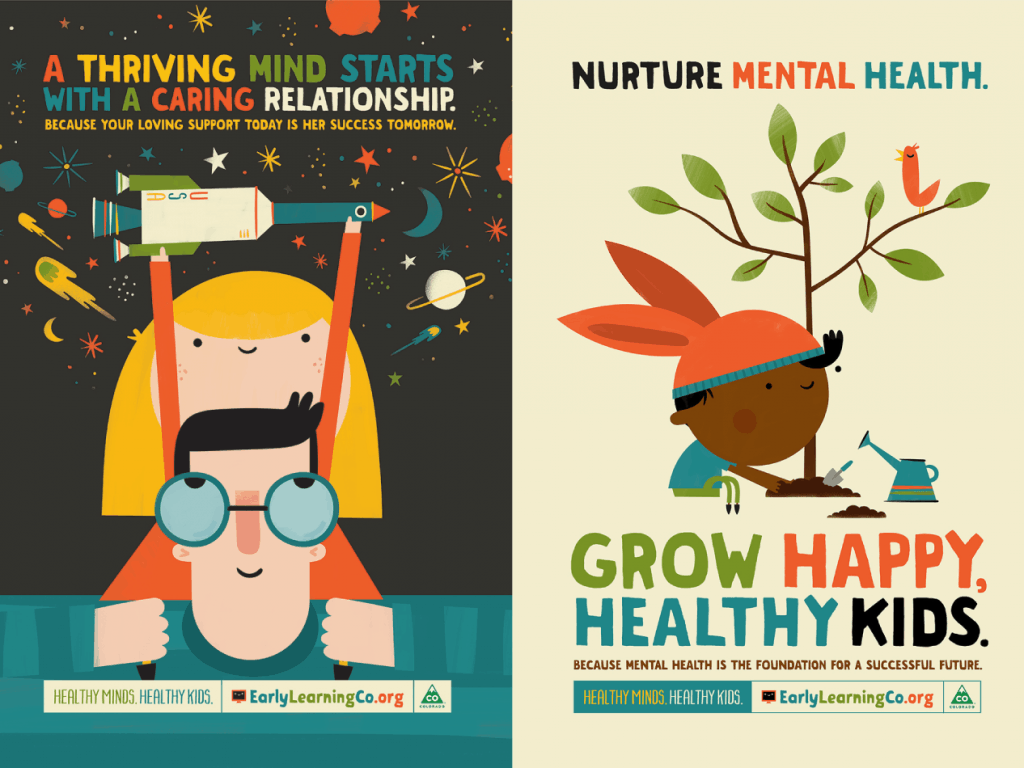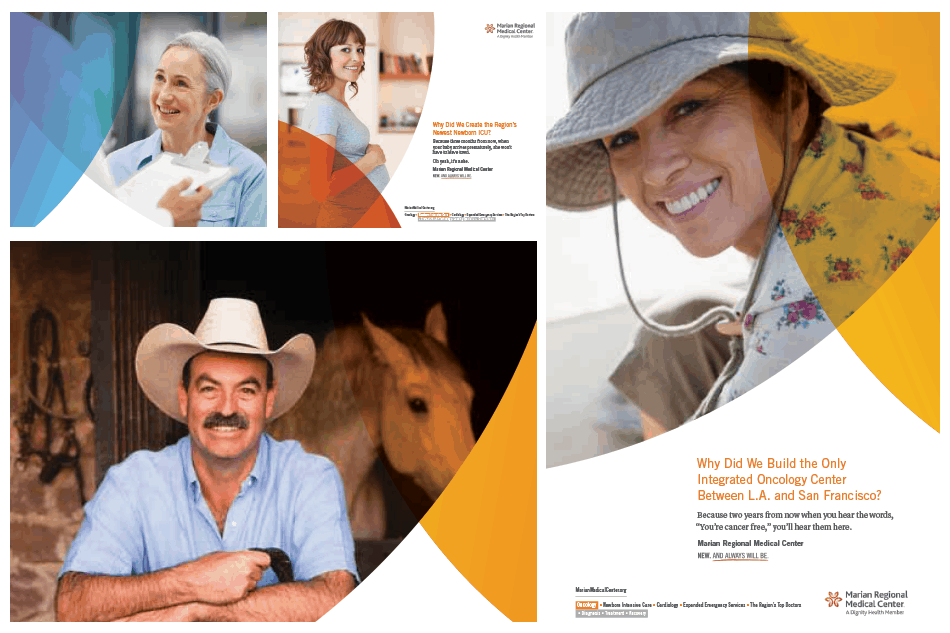
My new Alexa (my second) has me thinking a lot about voice-enabled devices and their potential to fundamentally change how we consume content and take action on issues that matter.
I now rely less on devices with screens and instead ask Alexa questions that I used to type into a search bar. And I’m certainly not the only one who has changed their search behavior as the result of the voice-enabled device revolution.
A recent eMarketer report showed that voice-enabled device usage will grow nearly 130 percent this year alone and at least 35.6 million Americans will have one of these devices in their home.
These devices are already changing organization’s search marketing strategies; they’re adapting keywords and phrases to be more semantic and reflect the nuance of speaking versus typing in a request.
Additionally, voice-enabled devices allow for novel content marketing approaches.
For example, big brands like major motion picture studios have been experimenting with this technology for some time. But what might surprise you is that nonprofit organizations are exploring this new frontier, too.
The American Heart Association (AHA) has recently launched an Alexa-enabled content stream where users can ask questions about heart attack and stroke. Say “Alexa, ask American Heart how do I perform CPR?” and Alexa provides AHA content back. The content can even provide interactive, step-by-step instructions for delivering CPR.
These devices have huge potential for issues-focused organizations because they break down the barriers that keep people from taking action.
If you see an ad on TV for something you like there are at least a half-dozen steps to buying it. But once your Google Home is connected to your Google Wallet ordering something you see in an ad is as simple as asking Google Home.
A more salient example for SE2 clients could be a yearly giving campaign tied to voice-enabled devices.
Imagine a TV or radio ad that encourages Alexa or Google Home users to make a donation by simply talking to their device. Suddenly all of the steps that keep people from donating are instantly eliminated. People will literally no longer have to lift a finger to act.
While it is still far too early to devote significant resources learning about or investing in how to use this emerging channel, it will, in short time, impact how we communicate with our audiences.
Communicators would be wise to keep an eye on this emerging channel.

About the Author:
Brandon Zelasko (he/him), a Principal at SE2, is a dynamic force passionate about innovation, education, and community engagement. Beyond his professional role, Brandon embraces diverse interests, from painting to exploring the outdoors with his husband and rescue dog, Burger. Dubbed “Brandopedia” for his insatiable curiosity and wealth of knowledge, Brandon champions education equity, advocating for alternative pathways beyond traditional college routes. At SE2, Brandon’s commitment to innovation and growth drives him to make a meaningful impact on people’s lives through creative problem-solving and community involvement.





